
< More BioPhotonics NewsletterSubscribe to our E-NewslettersBioPhotonics Monthly — Plasmonics and Microfluidics for Lyme’s Disease Detection, Light Sheet Microscopy in 3D Pathology, and more (6/23/2021)
BioPhotonics Monthly — Plasmonics and Microfluidics for Lyme’s Disease Detection, Light Sheet Microscopy in 3D Pathology, and more
Monthly newsletter focusing on how light-based technologies are being used in the life sciences. Includes news, features and product developments in lasers, imaging, optics, spectroscopy, microscopy,
| If you are having problems seeing this newsletter, please click here to view |

|
Monthly newsletter focusing on how light-based technologies are being used in the life sciences. Includes news, features and product developments in lasers, imaging, optics, spectroscopy, microscopy, lighting and more. Manage your Photonics
Media membership at Photonics.com/subscribe.
|
|
Light Sheet Microscopy Enables 3D Pathology
Researchers are currently developing light sheet microscopy methods to provide a fast and effective technique that preserves 3D samples and opens the door for downstream data processing and machine learning for computer-assisted interpretation of specimens. Through innovative microscope designs and methodology, 3D pathology moves closer to clinical applications as an efficient and gentle technique for high-speed 3D imaging that can reveal important structural and molecular content in clinical specimens.
|
|
|
|
Plasmonics and Microfluidics Speed Detection of Lyme Disease
When a person develops Lyme disease from a tick bite, identifying the tiny culprit can be challenging. The insect itself is difficult to see in the grass or forested area it comes from before burrowing into the person’s skin. The symptoms of the disease, which afflicts hundreds of thousands each year, however, become clear to those stricken — ranging from fever and arthritis to damage to the nervous system. Fortunately, new testing modalities made possible by optical technology may soon enable clinicians to see changes far smaller than insects in grass — to peer inside a person’s system and identify disease antibodies within his or her blood, and expedite the process of reaching a diagnosis that historically may have taken weeks after infection.
|
|
|
|
Optical Tweezing Inspires Nanoscopic Trapping Method
Researchers from the University of Technology Sydney (UTS) have deployed the existing principles of optical tweezer technology, which enables the manipulation and assemblage of nanoparticles, as a base for a technique that allows them to manipulate particles possessing the same refractive properties as those of the background environment in a given setting.
|
|
|
|
|
 Presentation: “Shrinking Pixels and Growing Sensors: Two Approaches for Increasing Resolution”
Presentation: “Shrinking Pixels and Growing Sensors: Two Approaches for Increasing Resolution”
Presented by: Greg Hollows, Edmund Optics
The drive for continuous innovation in machine vision results in a constantly increasing demand for higher resolution. Sensor manufacturers can take two main approaches to meet demand: They can either shrink pixels, or increase sensor size. Both options come with tradeoffs, in terms of sensor performance, and with the imaging optics used with them. Because of fundamental limitations in the pixel size that can be successfully used with traditional imaging optics, the sizes of the sensor and mounting interface must increase to accommodate demands for higher resolution.
Greg Hollows, vice president of the Imaging Business Unit at Edmund Optics in Barrington, N.J., goes into the meaning of this trend for lenses; the challenges the trend introduces for builders of machine vision systems; and solutions for getting the most out of sensors and lenses.
The inaugural Vision Spectra Conference runs July 20 - 22. Registration is free for the event, which is offered exclusively online. For more information and registration, please visit www.photonics.com/vsc2021. Continued coverage of this inaugural event will also be available on vision-spectra.com and Photonics.com leading up to the conference.
|
|
|
|
|
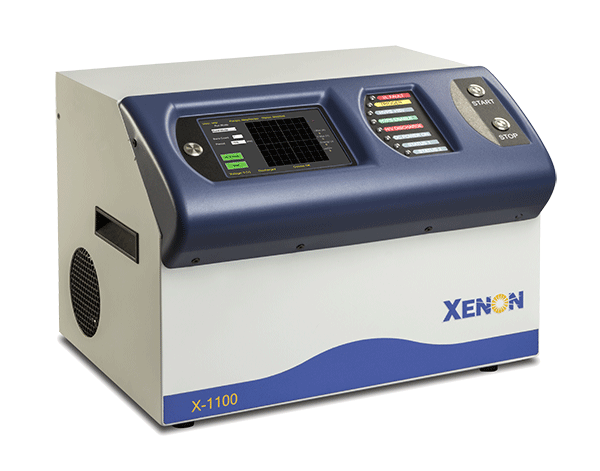 Think BIG; Go Small with XENON's X-1100 Benchtop Research System
Think BIG; Go Small with XENON's X-1100 Benchtop Research System
XENON Corp.
You have discoveries to make, theories to be proven, and challenges to overcome. Who’d have thought that the Pulsed Light tool to provide such big answers could come in such a small package. The X-1100 Benchtop Pulsed Light System is XENON’s ground-breaking research tool...
|
|
|
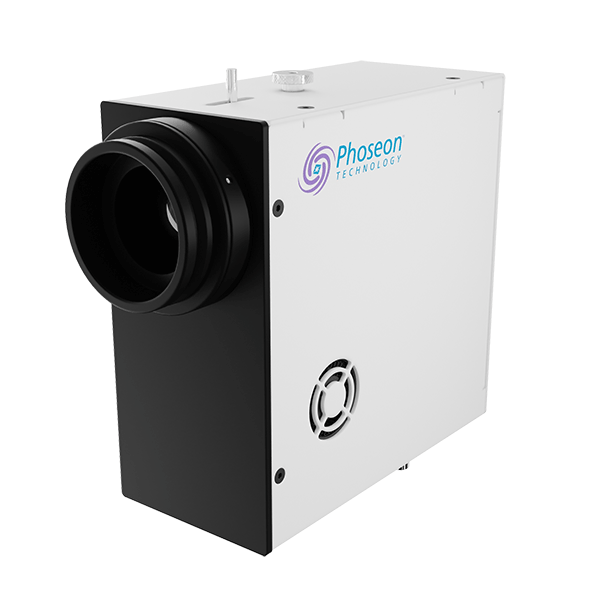 Keylight™ OEM Microscopy Light Source
Keylight™ OEM Microscopy Light Source
Phoseon Technology Inc.
KeyLight™ illumination sources for fluorescence microscopy are the perfect solution to integrate into your equipment. Phoseon's proprietary LED solutions offer intense, broad-spectrum wavelengths for various colors from UV through visible into the infrared.
|
|
|
|
|
| |
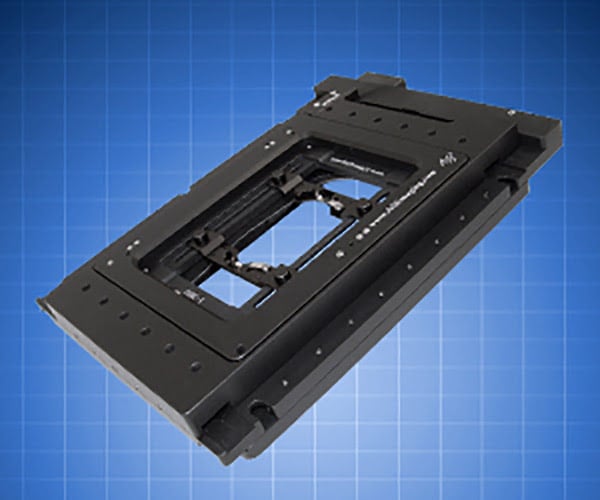 Ultra Precise Piezo-Z Focus Stage
Ultra Precise Piezo-Z Focus Stage
Applied Scientific Instrumentation Inc.
The stage is capable of XY resolutions down to the 10-20 nm and Z resolutions to the 1nm range. It is able for use with rapid z-sectioning and autofocus systems. It prevents focus drift when used with our CRISP system.
|
|
|
|
| |
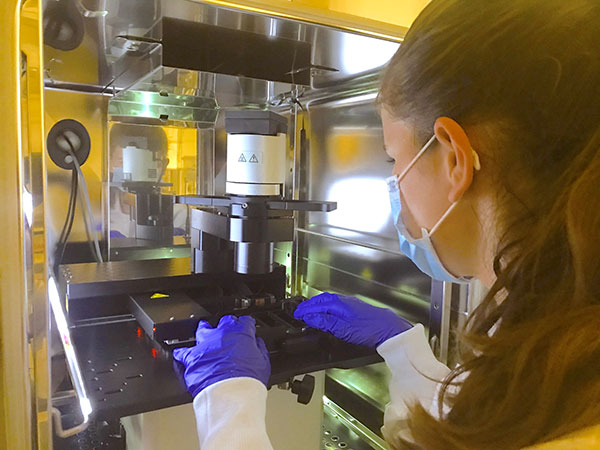 Automated Live Cell Imaging in Your Incubator
Automated Live Cell Imaging in Your Incubator
Etaluma Inc.
Etaluma's LS720 fully automated three-channel inverted fluorescence microscope produces the highest quality time lapse movies for live cell imaging experiments. Able to operate on the benchtop with an on-deck incubation chamber or entirely within a cell culture incubator,..
|
|
|
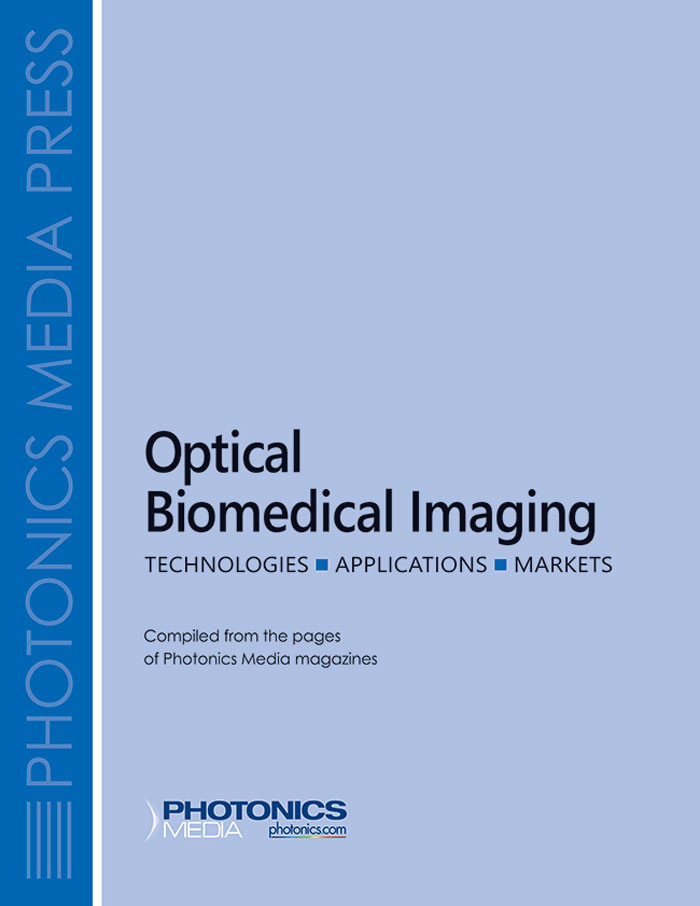 Optical Biomedical Imaging
Optical Biomedical Imaging
Photonics Media
At last, a reference work has been compiled that offers in one place a broad survey of technologies, applications and markets for optical biomedical imaging, as only Photonics Media could produce it.
|
|
|
|
|
| |
|
Antibodies Boost Photodynamic Therapy’s Efficacy
In photodynamic therapy, photosensitizers composed of dyes and other light-reacting compounds are typically administered intravenously or are applied topically to the area where treatment is needed; they are then absorbed by microbes or cancer cells. When light is applied, the compounds react, forming reactive oxygen species — toxic oxygen molecules that kill the cancer cells or pathogen. Adding antibodies to photodynamic therapies can bolster their efficacy, according to research conducted by Texas A&M University and the University of São Paulo.
|
|
|
|
DNA Origami Supports Applications In and Beyond Life Sciences
A European research team developed a dye- and DNA programming-based approach for counting molecules present within individual complexes. The approach supports biomedical and life sciences applications, as well as those involving OLEDs, solar cells, and soft matter — such as photovoltaics and liquid crystals.
|
|
|
|
Fluorescent Sensor Identifies Psychiatric Drugs
A genetically encoded biosensor to detect hallucinogenic compounds could be used to aid in the discovery of treatments for mental illness, in neuroscience research, and to detect drugs of abuse. A team at the University of California, Davis developed the sensor, called psychLight, which can be used to look for pharmaceutical potential without the side effect of hallucinations.
|
|
|
|
|
 European Photonics Manufacturing Services Funded by EC
European Photonics Manufacturing Services Funded by EC
Wed, Jun 30, 2021 8:30 AM - 11:00 AM EDT
In this webinar, representatives for preeminent EU acceleration initiatives present ongoing projects supported by the European Commission, helping companies to access photonic technologies developed in Europe to improve manufacturing worldwide. Moderated by EPIC, this event showcases ten initiatives and their goals for products in numerous application areas ranging from architectural lighting to automotive, from healthcare to consumer electronics. Presented by the European Photonics Industry Consortium (EPIC).
|
|
|
|
Features
Optical Coherence Tomography, Liquid Sensors, Quantum Cascade Lasers, and more.
Photonics Media is currently seeking technical feature articles on a variety of topics for publication in our magazine BioPhotonics. Please submit an informal 100-word abstract to Senior Editor Doug Farmer at Doug.Farmer@Photonics.com, or use our online submission form www.photonics.com/submitfeature.aspx.
|
|
|
|
About BioPhotonics
 BioPhotonics is the global resource for research, business and product news and information for the biophotonics community and the industry's only stand-alone print and digital magazine.
BioPhotonics is the global resource for research, business and product news and information for the biophotonics community and the industry's only stand-alone print and digital magazine.
Visit Photonics.com/subscribe to manage your Photonics Media membership.
View Digital Edition
Manage Membership
|
|
|
|
